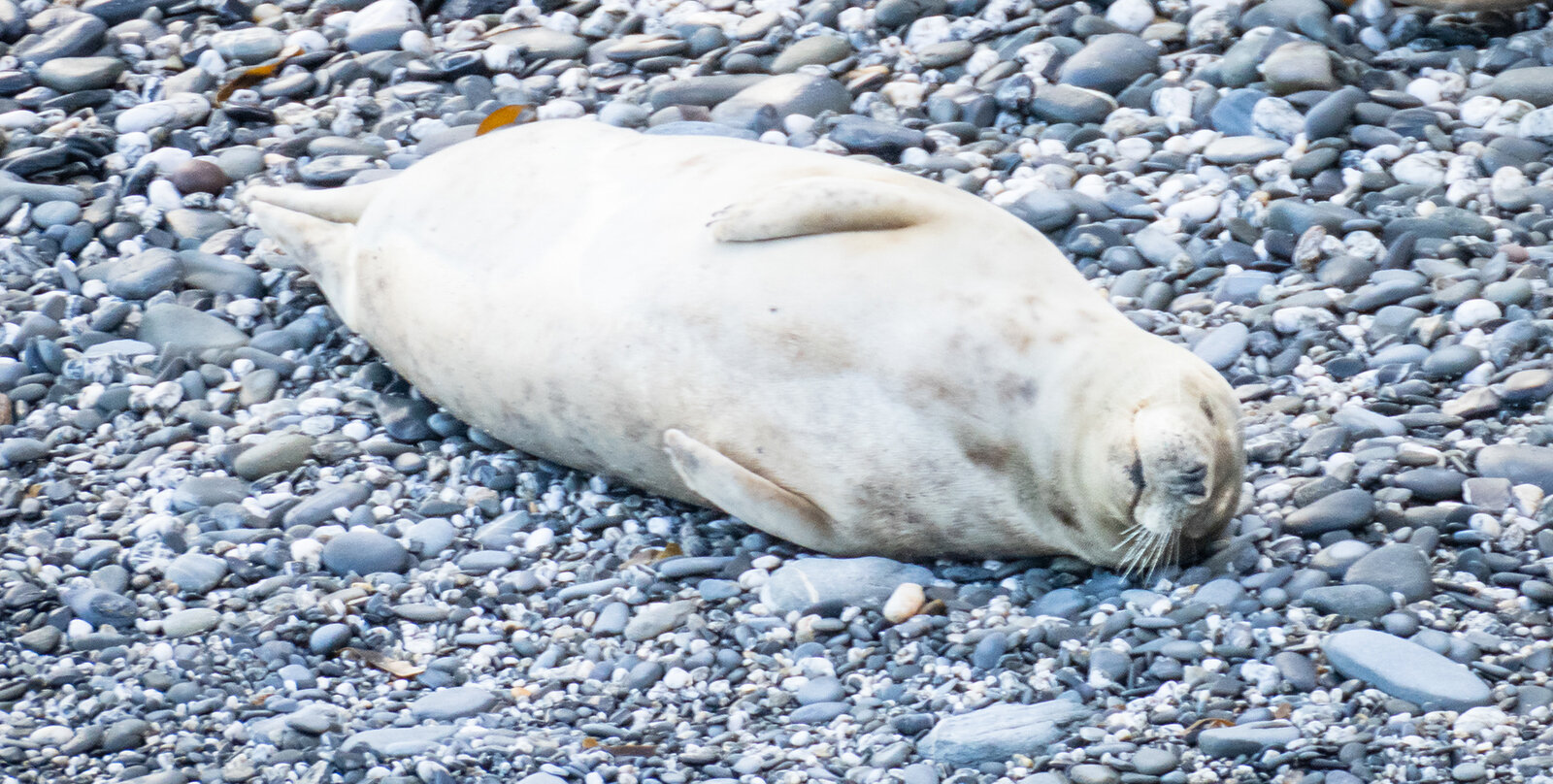
Seals and People
Human society has witnessed a fundamental shift in our relationship with seals. Historically, seals were a subsistence resource to provide meat and skin for food and clothing. Next, commercial sealing provided fur, oil for fuel and lighting, and body parts for traditional medicines. Now seals are understood to play a crucial ecosystem role upon which we depend.
Unfortunately, large-scale commercial seal exploitation continues despite an EU wide ban on commercial seal products, but it faces diminishing markets thanks to public campaigns. Seals are still blamed as scapegoats for diminishing fish-stocks, actually caused by human over-fishing and increasing environmental decline. Unfortunately, this myth perpetuates widespread persecution and large-scale culls of seals, even today. We need to help everyone involved in fishing to fully understand the complexities of how ecosystems work. Modern consumers are discerning and are not willing to pay premium prices for unsustainable fisheries that damage the marine environment or cause harm to seals and other marine mammals.
In the late 20th century, like whales, seals were viewed more positively, as a predictable and reliable marine attraction, diversifying coastal economies and offering business opportunities through wildlife tourism. But human proximity has created other dangers that seals now experience.
In the 21st century, we are heading towards the ‘Ecozoic’ era - a time when humans appreciate the need to co-exist with other species sharing a common global ecosystem. Scientific research has shown that humans depend on top predators such as seals that contribute to the maintenance of a healthy ocean balance upon which all other life depends. In fact, flourishing seal populations signify a healthy marine ecosystem, with thriving fish stocks and fisheries. Killing top predators will not restore overexploited fish stocks, only responsible and truly sustainable fishing practices can do that.




